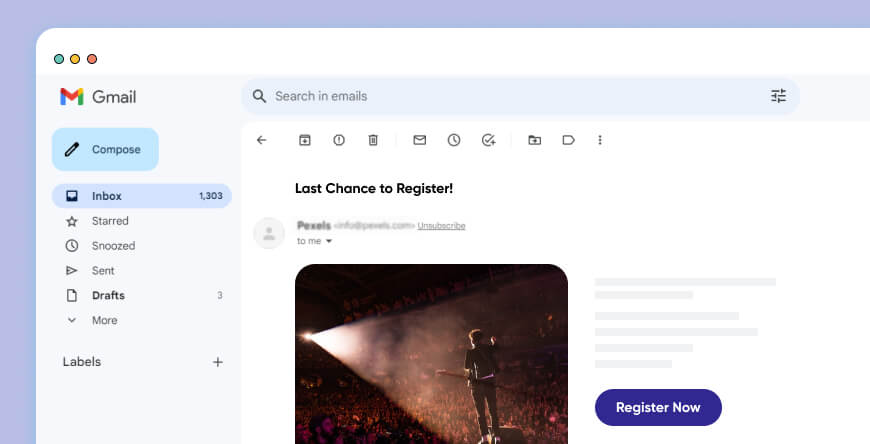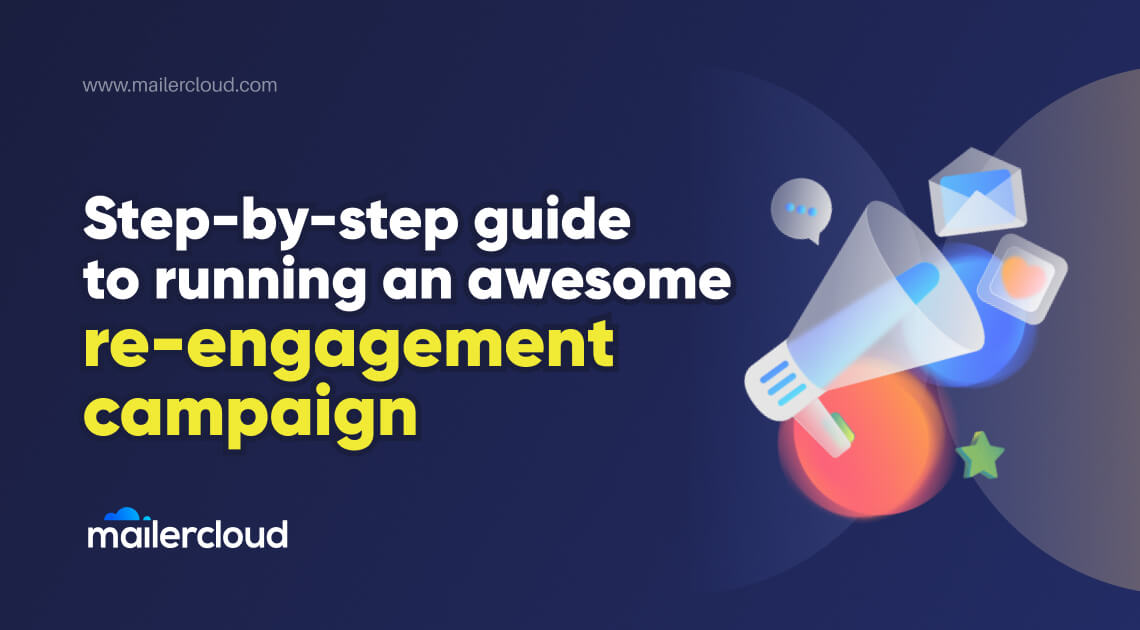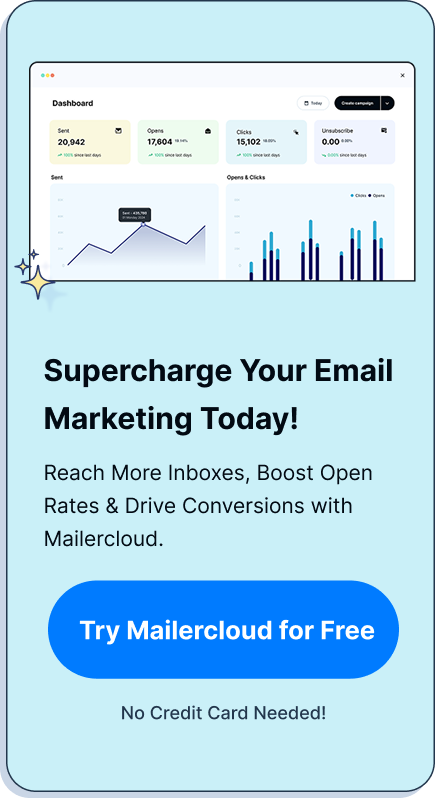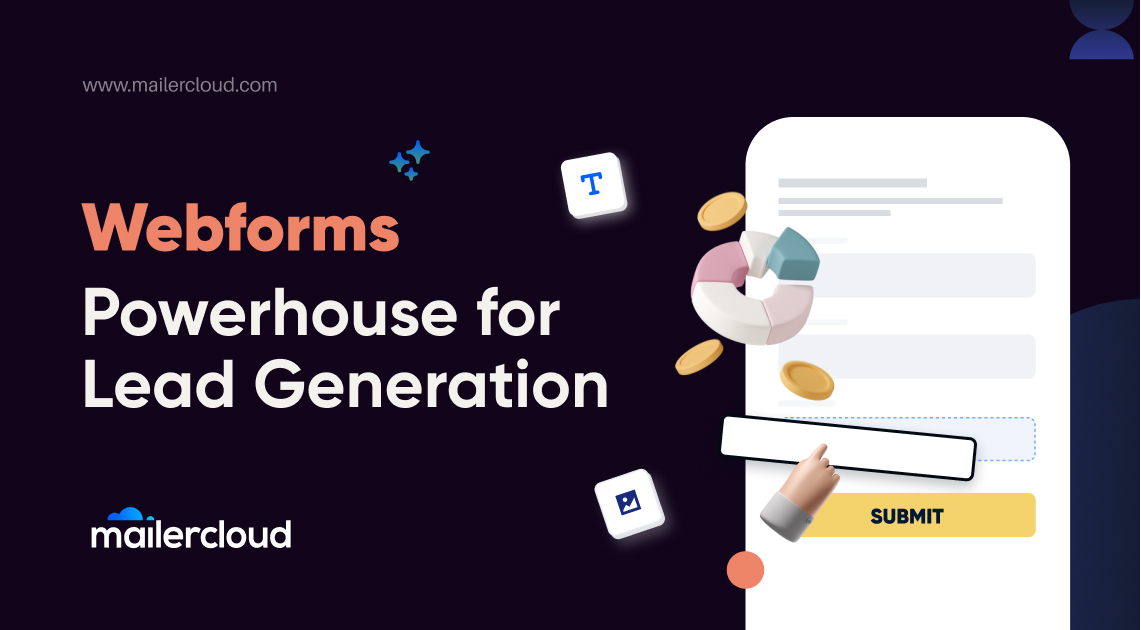Table of Contents
Introduction
Maintaining a strong email list is essential for any business or brand that relies on email marketing. However, over time, it is natural for some subscribers to become inactive or lose interest. This is where re-engagement campaigns come into play. These campaigns are specifically designed to reach out to these inactive subscribers, reigniting their interest and encouraging them to engage with your brand once again.
In this step-by-step guide, we will walk you through the process of running an awesome re-engagement campaign. So, let’s get started!
Step 1: Identify the Inactive Subscribers
A successful re-engagement campaign involves a well-thought-out strategy and careful execution. Re-engagement emails are designed to reconnect with inactive subscribers and rekindle their interest in your brand or business. The first step in running a successful re-engagement campaign is identifying the inactive subscribers on your email list. These are the individuals who haven’t interacted with your emails for a while. Look for subscribers who haven’t opened or clicked on any of your emails in the past 90 days. These are the ones you want to target.
Step 2: Craft a Compelling Subject Line
The success of your re-engagement email depends heavily on the subject line you choose. It plays a crucial role in determining whether your subscribers will open your email or simply ignore it. To ensure maximum impact, it is important to create a subject line that immediately catches their attention and compels them to click. Personalization is a powerful tool that can significantly improve open rates. Consider incorporating the subscriber’s name or other relevant details to make the email feel more tailored and personalized to their needs. By implementing these strategies, you can increase the chances of capturing your subscribers’ interest and encouraging them to engage with your content.
Step 3: Create a Customer-Centric Email
Once you have captured the interest of your subscribers through an intriguing subject line, the next step is to craft a re-engagement email that focuses on your customers. Begin by acknowledging their prior engagement with your brand and convey your eagerness to reconnect with them. It is crucial to be authentic and demonstrate that you truly appreciate the relationship you have with them. These emails are designed to attract the reader’s attention and serve as a reminder of what initially sparked their interest in your brand or business. By doing so, you aim to reignite their enthusiasm and reestablish a meaningful connection.
Holger Sindbaek, the owner of WOCG, says, “When we noticed a dip in engagement on our platform, we didn’t just send a generic discount or free access. Instead, we crafted a personalized, time-sensitive challenge tailored to our subscribers’ interests. The urgency? It was up for grabs for just 48 hours. The outcome? A notable uptick in re-engagement. It reminded us that it’s not just about luring them back, but reigniting the passion they once had for your brand.”
Step 4: Providing an Enticing Motivation
To effectively encourage subscribers who have become inactive to become engaged once again, it is advisable to provide them with an enticing incentive. This incentive can take various forms, such as a special discount, a complimentary item, or exclusive access to content such as an ebook, whitepaper, or online course. It is important to clearly communicate to your subscribers that this exclusive offer is a limited-time opportunity, thus instilling a sense of urgency and prompting them to take action. By offering appealing incentives, you can effectively entice your inactive subscribers to re-engage and reestablish their connection
Step 5: Include a Call-to-Action

A well-defined and persuasive call-to-action (CTA) holds utmost importance in motivating your subscribers to engage. Whether it involves prompting them to click on a link, register for a webinar, or complete a purchase, it is essential to ensure that your CTA effectively captures their attention and enables effortless interaction. Employ attention-grabbing design elements like visually appealing buttons or prominently styled text to enhance its visibility and encourage click-through. By emphasizing the significance of a strong CTA and providing practical design tips, we aim to clarify the crucial role it plays in driving successful user actions.
Step 6: Optimize for Mobile

As the number of individuals using mobile devices to access emails continues to increase, it is of utmost importance to optimize your re-engagement email for mobile usage. It is vital to ensure that the email is responsive, meaning that it effectively adjusts to various screen sizes and provides a user-friendly reading and navigation experience on smartphones and tablets.To enhance accessibility, consider adding a free QR code that recipients can scan for quick access to your content.
Step 7: Test and Refine
Before sending out your re-engagement email to your entire inactive subscriber list, conduct A/B testing to determine which elements are most effective. Test different subject lines, email copy, CTAs, and designs to see what resonates with your audience. Use the insights gained from this testing phase to refine your email and improve its performance. Also, ensure that the A/B testing is conducted objectively and consistently, with statistically significant sample sizes. Analyze the data collected to make informed decisions and implement changes accordingly. By following this rigorous testing process, you can maximize the effectiveness of your re-engagement email campaign and ultimately increase subscriber engagement.
Step 8: Monitor Results and Take Action
Once your re-engagement campaign is underway, closely monitor the results. Keep an eye on open rates, click-through rates, and conversions. Identify patterns and make data-driven decisions to optimize your campaign further. If certain subscribers continue to be unresponsive, consider removing them from your email list to maintain a clean and engaged audience. This will ensure that you are targeting active and engaged subscribers, leading to better overall campaign performance and a higher return on investment.
Conclusion
Running a successful re-engagement campaign takes time and effort, but the benefits are worth it. Running an effective re-engagement campaign is crucial for maintaining a strong email list and ensuring that your subscribers remain engaged. There are many factors to take into account when sending out these re-engagement emails, for example, it’s crucial to consider the timing. Sending too many emails too frequently may annoy the subscriber, leading them to unsubscribe or mark your emails as spam. On the other hand, spacing out your re-engagement emails too much may result in the subscriber forgetting about your brand entirely. Finding the right balance is key.
By re-engaging with inactive subscribers, you can revive their interest in your brand and potentially turn them into loyal customers. Remember to always stay customer-centric, offer value, and continuously refine your approach based on the data and insights you gather along the way.
Emilia is part of the SEO team at Visme. She has a keen interest in marketing, branding, and business management. She loves learning different languages and meeting people from all around the world. When she is out of work, she likes to play sports and spend time with her family and friends.

































